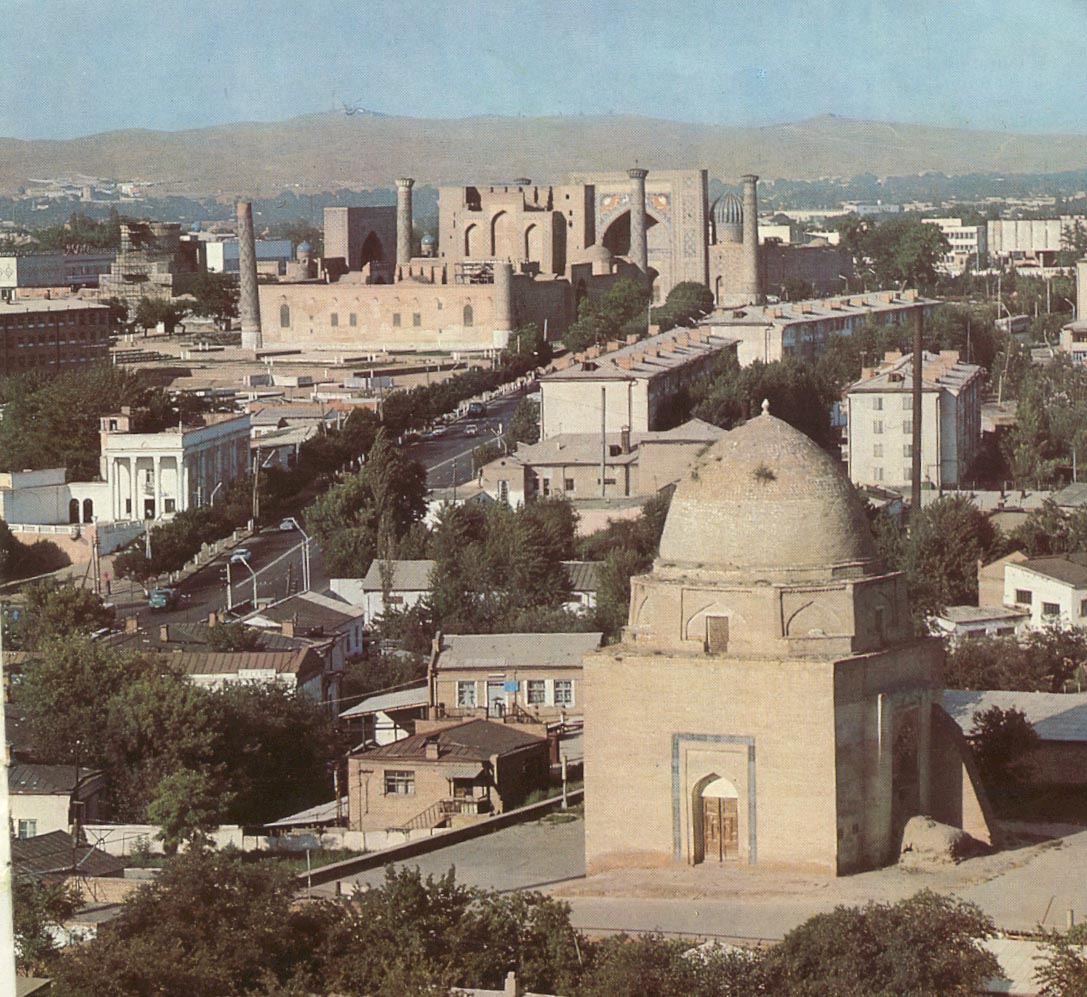
| The
Land of Tajiks |
|
History Home
Language Links
People
Map |
|
Major Cities: Bokhara Dushanbe Kashgar Khiva Xojand Merv Panjakent Shahrisabz |
|
Samarqand |
 |
Samarkand is part of a region that historically was known
as Sogdia, and whose ethnically Iranian (Tajik) merchants
for centuries seem to have played a key role in the commerce
along the Silk Road. |
 |
In the early 8th century AD , it was conquered by the Arabs
and soon became an important center of Muslim culture. In 1220
Samarqand was almost completely destroyed by the Mongol ruler
Genghis Khan. The Persian chronicler Juvaini's encomium to Samarkand and other Central Asian cities reflects his dismay at the destruction wrought by the Mongols when Chingis Khan invaded the area in 1220. Tamerlane made it the capital of his empire in 1369. The empire declined in the15th century. In 1784 it was conquered by the emirate of Bukhoro. The city was taken by Russia in 1868 and once again began to assume importance . More |
| In
October 1924, the Soviet policy of cutting across existing
ethnic and linguistic lines in the region to create Uzbekistan
and the other new republics also sowed tension and strife among
the Central Asian groups that inhabited the region. In particular,
the territory of Uzbekistan was drawn to include the two main Tajik
cultural centers, Bukhara and Samarqand, as well as parts
of the Fergana Valley to which other ethnic groups could lay
claim. Read more |
 |